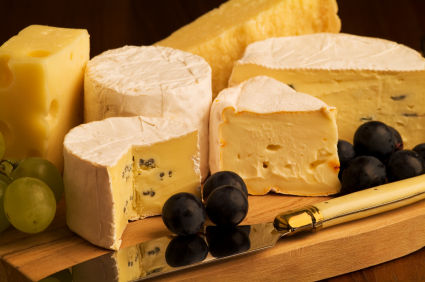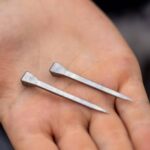
Healthy, balanced and protein-rich diet is a key to longevity. The best source of protein are dairy products, particularly cheese. In fact, cheese is among top 5 foods highest in protein. It can be prepared in a variety of ways, and aside from being delicious, it is super healthy as it is rich with calcium which is great for the health of our bones. Moreover, cheese contains potassium and vitamin D which reduce the risks of developing heart problems. An extensive study conducted by American scientists, found that cheese not only reduces the risk of heart attack but also minimize the signs of aging. Therefore, daily consumption of cheese will help you look younger longer.
The interesting thing is that you can make your own cheese. And it is really an easy thing to do. If you live on a farm and have access to fresh cow milk every day, it is highly recommended you make your own cheese. This way you know the quality of ingredients. You may want to invest in good cheese making equipment which will surely ease and speed the production process. But, you can certainly make your own cheese with a deep pot in which you’ll boil the milk, clean cheesecloth to divide cheese from whey, thermometer and a long knife.
It is recommended to first boil the milk to kill bacteria while constantly stirring it. Once the milk boils, remove the pot from the stove, add rennet and let it cool. Using a clean cheesecloth, pass the whey and milk which is now turned into curds to remove as much moisture as possible. Once done, add salt (optional), leave the cheese in a container and refrigerate overnight. Wait 24 hours before trying it. If you want to make more cheese or plan on selling it, it is best to invest in a quality cheese making equipment. Such equipment will greatly ease and speed up the cheese making process.
The ingredients used in making homemade and commercial made cheese are more or less, the same, but the process of making it differs a lot. Aside from using cheese making equipment, cheese makers employ certain techniques as they must meet the standards of food industry and be in compliance with certain rules. For example, shape, weight and size of cheese, packaging, etc. matters. The process of making cheese is somewhat similar to the home-making method. Milk is poured into cheese making equipment, boiled and then mixed with starter culture. Food coloring and other ingredients are added before separating curds and whey. The curds are inserted into round, square or rectangular molds to form the cheese. At the end, salt is added to achieve nice hard crust. Depending on the type, some cheeses need few days and some even months before packaged and ready for sale.



